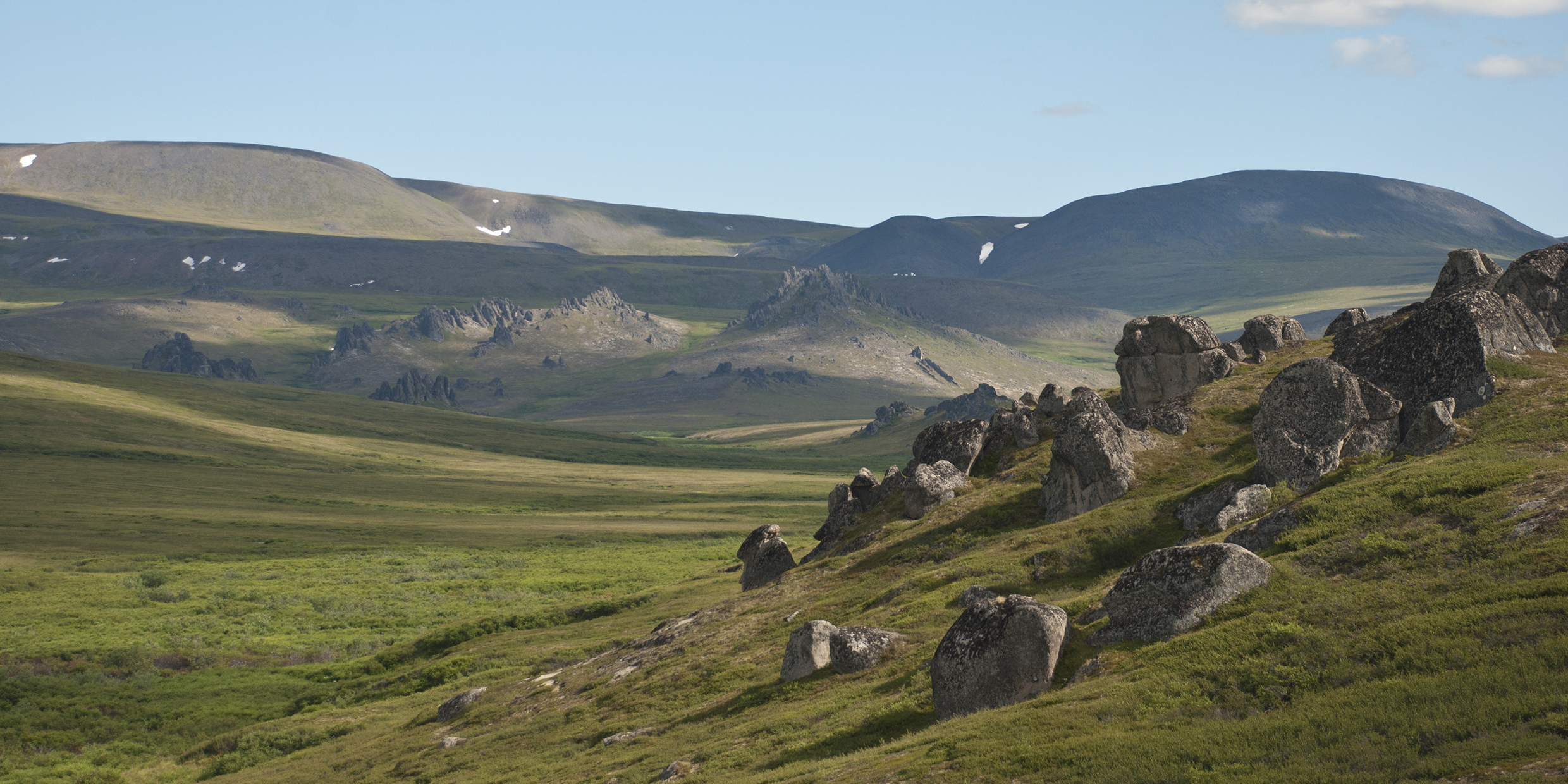Originally published 27 January 1997
Raven was walking on the beach. He was lonely. He had the sun, the moon, the land and the sea, but he desired the company of other creatures. Suddenly, a clam shell pushed up through the sand. It opened. Out came tiny people, men, women and children, brushing sand from their naked bodies. The people moved about, and took up residence in Raven’s land. Raven was happy. His wish had brought the first people into the world.
This creation story of Native Americans of the Northwest Coast has charm, but it leaves something to be desired as science. But the real story of where the first Americans came from has a charm of its own. It also has courage, grand geographic sweep, and epic adventure.
Although some Native Americans may resent that the new story of their ancestors has mostly been told by white men and women, it at least has the advantage of making us all — natives and colonists — members of the same human family.
The new story has been derived from three kinds of evidence: archeology, language, and DNA. Much of the evidence is controversial, sometimes so controversial that it makes one long for the simple sureties of Raven and the clam.
The earliest uncontested archeological evidence of Native American origins consists mostly of fragments of stone and bone — scrapings and cutting tools and spear points — collected at sites from California to Nova Scotia, from Alaska to Mexico. The people who made these artifacts are called the Clovis people, after a site in New Mexico where spear points are associated with the bones of slaughtered mammoths. Apparently, the Clovis people inhabited most of North America by about 11,000 years ago.
They seem to have been the first inhabitants; there is no evidence that Neanderthals or other prehuman ancestors ever lived in the Western Hemisphere. All evidence suggests that the ancestors of the Clovis people came from the Old World via Asia about 12,000 years ago. How they got here is a thrilling story that deserves to be told again and again.
It begins as the last Ice Age was drawing to a close. Huge sheets of ice covered much of what is now Canada and the northern United States. So much water was frozen upon the continents that the oceans were hundreds of feet lower. Siberia and Alaska were connected by a dry land bridge at what is now the Bering Strait. Parts of Alaska, however, were unglaciated, and Asian nomads moved across the bridge into these tundra wastes, presumably pursuing game.
Once in Alaska they were prevented from moving farther south by a thick wall of ice reaching from coast to coast. In places the glacier was two miles thick, an impenetrable barrier to further migration.
Then the climate began to warm. The ice began to melt and the seas rose, flooding the Bering Strait and cutting off retreat to Asia for the first Americans. But now a narrow corridor opened up to the south as the ice thinned, between the mountain glaciers to the west and a vast continental glacier that was centered on eastern Canada. Pursuing animals, the immigrants moved south along this corridor.
Ice to the left, ice to the right: mile-high sheets of ice reaching westward to the Pacific and eastward to the Atlantic. The corridor was bitter cold, with sparse tundra vegetation. Icy winds lashed the margins of the glaciers. For more than a thousand miles, the intrepid journeyers made their way, wrapped in skins as they trudged by day, huddled in make-shift camps at night, their one winning card the beautifully-crafted fluted points with which they tipped their spears.
When they reached the southern end of the corridor, about where Montana is today, their bleak passage opened onto a lush paradise with game aplenty — 20-foot-long ground sloths, beavers the size of modern bears, horses, camels, musk-oxen, mastodons and mammoths, saber-toothed cats with eight-inch fangs, cheetahs and lions, wolves, and bears twice the size of grizzlies — of which the new Americans were the first exploiters.
Within a thousand years their descendants — the Clovis people — had colonized the continent. A thousand years later they had reached the southern tip of South America.
By then, many of the larger native animals had become extinct. The warming climate may be implicated in the extinctions, but unrestrained hunting by the newcomers may have played a role too.
Did all present-day native Americans descend from these original migrants, or have there been successive waves of immigration from Asia? The answer to this question is hotly debated by linguists and genetic researchers.
A decade ago, Stanford University linguist Joseph Greenberg proposed that native American languages could be divided into three unrelated groups, suggesting three separate migrations. Now, researchers comparing the DNA of many tribes of native Americans, from Alaska to Argentina, have found certain genetic markers that are shared by all, suggesting a single migration.
Clearly, the complete story of the settling of America has not yet been told. Archeologists, linguists, and genetic researchers will battle it out until their separate lines of inquiry converge on a story that is acceptable to all. Whatever the outcome, these debates will not lessen the drama of that first continent-colonizing trek through an ice-walled corridor by small bands of courageous Asian hunters. They were the true “discoverers of America.”



